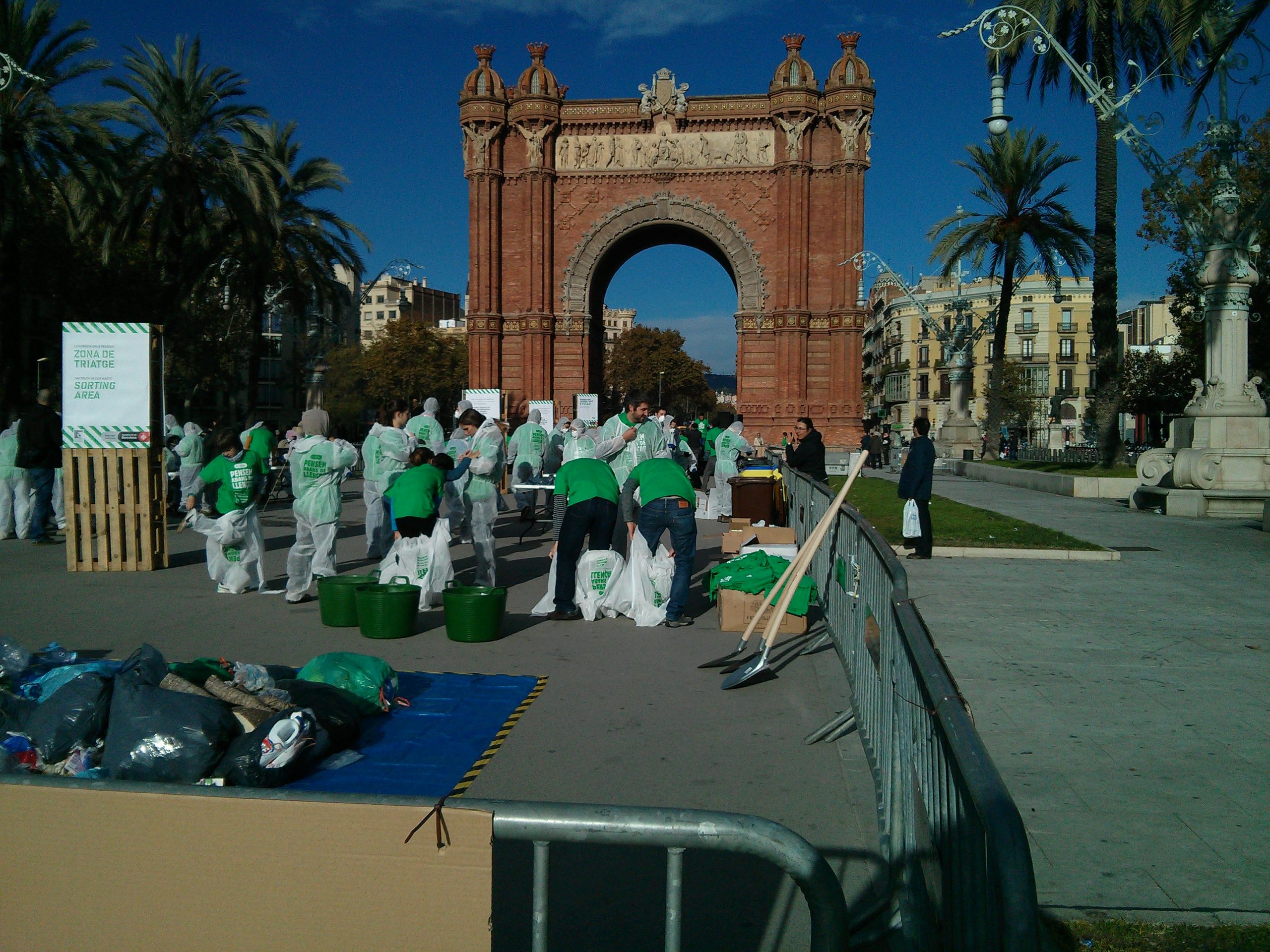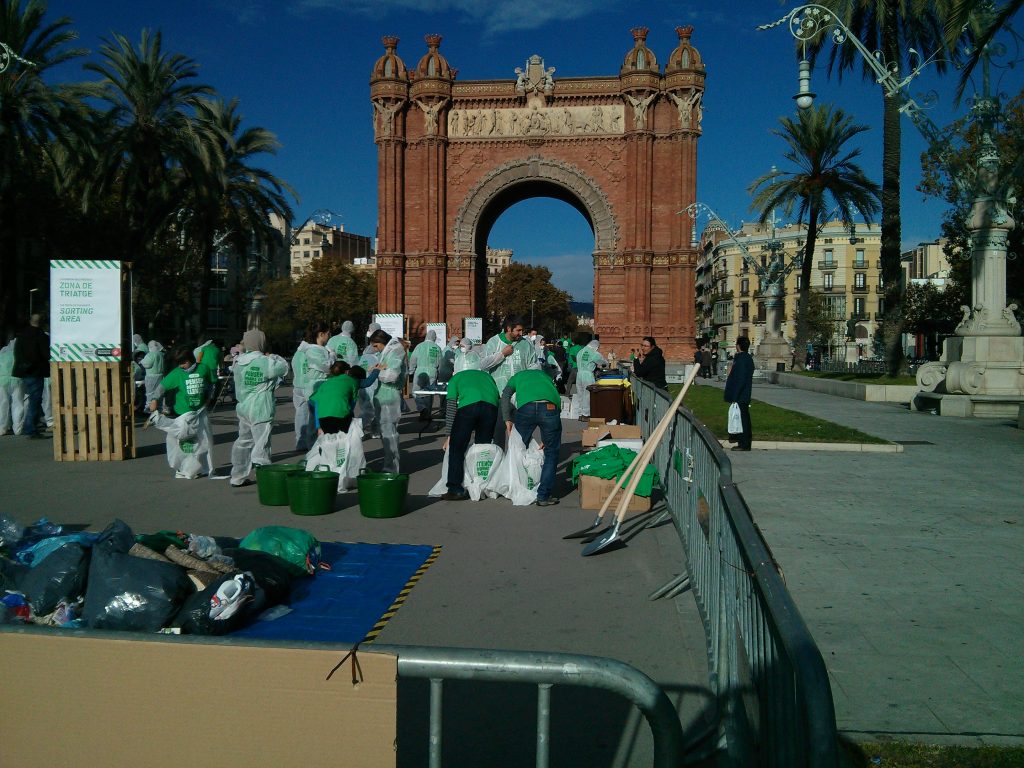
November 17, 2021, by Helen Whitehead
Sustainability: an online activity with a waste audit
A few years ago during our MOOC “Sustainability, Society and You” and the internal University NOOC version, “Perspectives on Sustainability”, one of the exercises devised by Professor Sarah Speight was a Waste Audit. At a time when, thanks to COP26, sustainability issues are particularly topical, I was inspired to revisit this activity. During lockdown I was quite appalled by the amount of packaging waste I generated. There just wasn’t enough room in the recycling bins for the cardboard, and the amount of plastic was saddening. Time for action!
The Waste Audit activity as part of an online course had six parts:
- Instructions on how to do the audit.
- Audit form for individuals to use.
- Key questions to reflect on (optionally part of an overall learning journal assessment).
- Discussion forum to report back on the key findings “What surprised you most about the results of your waste audit?” and to go on to discuss reducing waste, leading to:
- A collaborative wiki collating “Top tips for waste reduction”.
- Design and share a poster raising awareness of waste.
Here’s how to do your own audit.
Action
On a particular day, collect all the waste bins or bags in their house/flat (with other household members’ permission). Separate these into two groups: Kitchen waste and Other waste (bedrooms, bathroom, living room). Cover a floor or table with plastic and lay out the waste (rubber gloves come in useful!).
Activity: Auditing the Waste
Categories of waste were: Paper; Paper (waxed/laminated); Cardboard; Glass; Aluminium; Textiles; Wood; Cooked Food; Raw fruit/vegetables; CD/DVDs; Crisp Packets; Small electrical items; Aerosols; Batteries; Pizza Boxes; Plastic food packaging; Yoghurt-type pots.
Time yourself to divide the waste into categories on the audit form and estimate the percentage of each type. Optionally, add the best destination (landfill, recycline of which type, etc.) for each category of waste identified and photographs of the process. Finally, appropriately dispose of the waste.
If this is too hands-on for you, then you could keep a note of everything you throw away during a day, and use the resulting list to do a paper/digital audit.
Reflection
Once you’ve completed your waste audit, ask yourself these questions:
- What were your biggest categories of waste – what do you do with these at the moment and can you do anything different with them in the future?
- Would your waste look different on different days or at different times of the year?
- Do you think your waste would look different if you lived in another part of the world?
- If someone else examined the contents of your waste bins, what would they learn about you?
Make a change
The last thing to do is of course to make a commitment to reduce waste. Having done the audit will give you a practical place to start in your own day to day practice. In the original exercise, packaging and food were some of the biggest categories for our learners. From the posters we learned that billions of takeaway chopsticks are thrown away every year, for example.
The tips for reducing waste weren’t particularly new. They included menu planning so as not to buy too much food, and shopping as a household instead of individually. Using reusable water bottles and cloth shopping bags came up a lot – actions now much more commonplace than they were then. The audit, however, focused our minds on what would be most effective personally to reduce our waste. Maybe it will do the same for you!
Helpful websites include Love food, Hate waste and Wrap.org.
I’d be interested to hear the results of your audit, or practical tips for reducing waste, in the comments to this post.
Image: a community waste audit in a square in Barcelona

No comments yet, fill out a comment to be the first

Leave a Reply